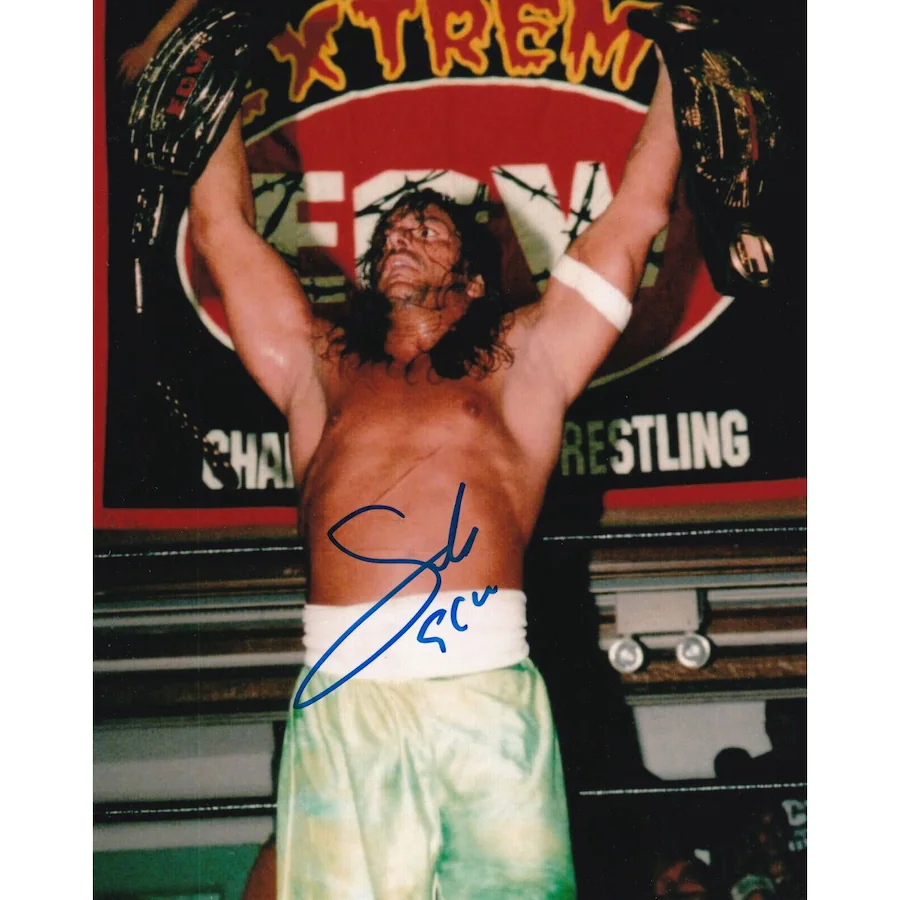The professional wrestling world is mourning the loss of Terrance Michael Brunk, the hardcore icon known as Sabu, who passed away on May 11, 2025, at the age of 61. While his long and brutal career undoubtedly took a heavy toll on his body, the circumstances surrounding his death have become a focal point for a more troubling conversation within wrestling fan circles: the potential role of drugs, specifically kratom, and the pressures faced by aging performers in a demanding industry.
Sabu, a pioneer of the extreme style that defined promotions like Extreme Championship Wrestling (ECW), wrestled just weeks before his death. This fact, coupled with his well-documented history of multiple severe injuries, has led many to question how he was physically able to continue performing. Social media platforms have become a hotbed of speculation, with a significant portion of the fanbase directly implicating kratom use and Game Changer Wrestling (GCW), the promotion that hosted Sabu’s final match.
These accusations, while currently unsubstantiated by official reports, raise critical questions about the reliance on pain management substances within professional wrestling and the ethical responsibilities of promoters in ensuring the well-being of their performers. As of this writing, Sabu’s official cause of death and any post-mortem findings remain private, leaving a vacuum filled by conjecture and concern.
Adding fuel to the fire is the shifting narrative from Joey Janela, Sabu’s opponent in his final bout. Janela initially claimed that Sabu had used kratom to manage the chronic pain that plagued him, describing the wrestling legend as barely able to walk and in a seemingly “knocked out” state of mind. This initial statement painted a concerning picture of a veteran performer potentially relying on substances to simply get through a match. However, Janela subsequently retracted this account via Twitter, stating his initial comments were an attempt to enhance Sabu’s already unpredictable persona. This backpedaling, rather than clarifying the situation, has only intensified scrutiny and fueled suspicion among observers.
Further complicating the picture is the perspective of Sabu’s longtime friend and tag team partner, Rob Van Dam. A known advocate for kratom, Van Dam publicly denied any link between the substance and Sabu’s death in a YouTube video. While acknowledging that Sabu likely used kratom before his final performance, having been the one to introduce him to it, Van Dam firmly stated, “It had nothing to do with Sabu dying three weeks later.” Van Dam’s defense, while perhaps well-intentioned, does little to quell the broader concerns about the prevalence and potential impact of such substances in the wrestling world.

Sabu’s career is a testament to the punishing nature of professional wrestling, particularly the hardcore style he popularized. Trained by his uncle, The Sheik, Sabu’s four-decade career saw him take part in countless brutal matches, often involving dangerous props and high-risk maneuvers. His body bore the scars of this dedication, including a gunshot wound to the face early in his training, a broken neck in 1994, and extensive damage to his back and knees. In his later years, chronic pain became a constant companion, necessitating multiple surgeries. Yet, he continued to step into the ring, a decision that now, in the wake of his death, is being viewed through a more critical lens.
The conversation surrounding Sabu’s final match also touches upon the responsibility of promotions like GCW. While known for showcasing a more extreme and independent style of wrestling, the question remains whether adequate safeguards are in place to protect performers, particularly those with extensive injury histories. The pressure to perform, coupled with the desire to deliver a spectacle for the fans, can create a dangerous environment where wrestlers may feel compelled to push their physical limits, potentially with the aid of pain-masking substances.
Sabu’s inclusion in a 2016 class-action lawsuit against WWE, alleging long-term neurological injuries due to the company’s negligence, further underscores the physical toll exacted by a career in professional wrestling. While this particular lawsuit was ultimately dismissed, it highlights a broader concern within the industry regarding the long-term health and well-being of its performers.
The premature deaths of numerous professional wrestlers under the age of 65, as documented extensively, serve as a stark reminder of the inherent dangers and potential long-term consequences of this demanding profession. While the specific causes vary, the specter of drug use, both recreational and for pain management, has long loomed over the industry.
The circumstances surrounding Sabu’s death, while still unclear, have opened a crucial dialogue. It’s a conversation that needs to move beyond fan speculation and delve into the systemic pressures, the culture of pain management, and the responsibility of both performers and promoters in ensuring the safety and longevity of those who entertain millions. The wrestling world awaits official answers regarding Sabu, but in the interim, the questions raised about drugs, kratom, and the well-being of its athletes demand serious and thorough investigation.



